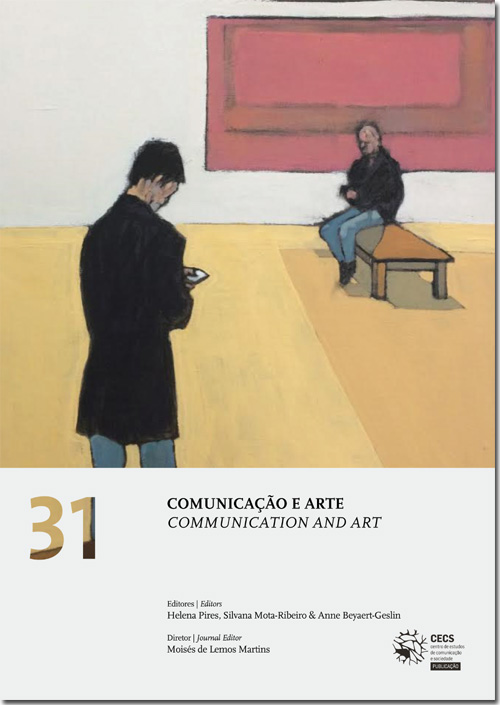From communication to art: McDonald’s and flat design
DOI:
https://doi.org/10.17231/comsoc.31(2017).2625Palavras-chave:
Advertising, brand, design, hypermodernity, mythology, semioticsResumo
The status of communication objects or images always changes. This paper proposes to observe this phenomenon from a semiotics point of view in order to analyse how a brand reinvents its visuals and how this reinvention is related to a new marketing strategy. In fact, this paper tries to show how meaning of posters reveals the importance of brands in contemporary everyday life. We will show that the ads created by TBWA for McDonald’s 2015 campaign are rather considered as an aestheticisation project than an artisticisation. While inspired by the brand’s “mythologic” history and pushing properties of the product into the background, flat design exemplifies the latest forms of life to date. Therefore, brands seem more involved and rooted in social life as their communication strategy is rather based on gathering a community than advertising their products. Visual ads are hence absorbed by an aestheticisation practice, specific to connected life, from which they adopt the norms. As it remains distinctive, art also maintains its criticizing position and Murakami’s superflat thus discloses a certain disenchantment concealed in standardised designs.Downloads
Não há dados estatísticos.
Downloads
Publicado
29-06-2017
Como Citar
Chatenet, L., & Beyaert-Geslin, A. (2017). From communication to art: McDonald’s and flat design. Comunicação E Sociedade, 31, 391–402. https://doi.org/10.17231/comsoc.31(2017).2625
Edição
Secção
Artigos Temáticos
Licença
Os autores são titulares dos direitos de autor, concedendo à revista o direito de primeira publicação. O trabalho é licenciado com uma Licença Creative Commons - Atribuição 4.0 Internacional.












